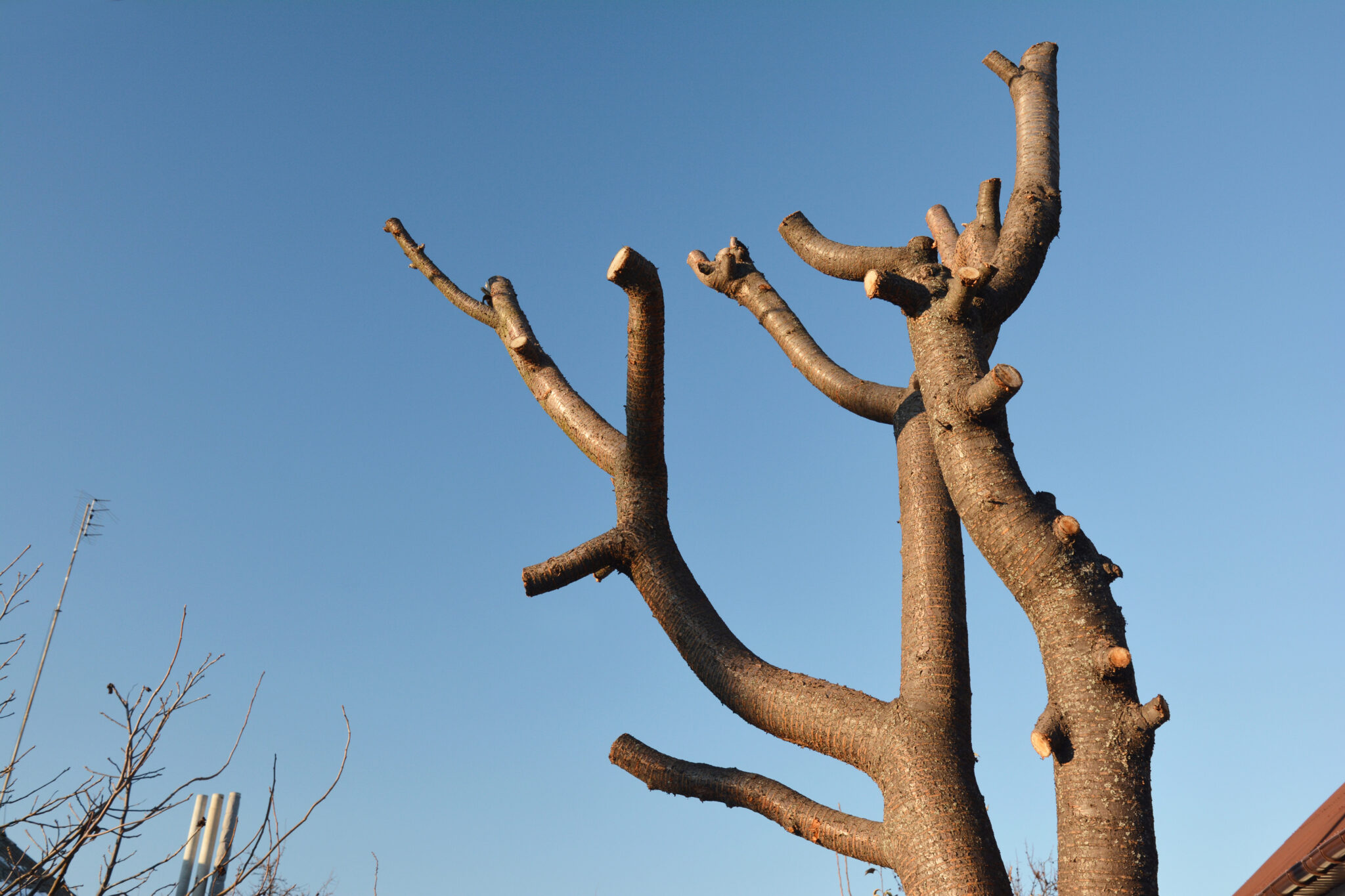Can Tree Branches Grow Back? What You Need To Know
As a tree owner, you may need to prune or remove branches at some point for various reasons This could be to control the tree’s size, improve its structure and health, or remove dead or diseased wood A common question that arises is – once I remove a branch, will it grow back?
The short answer is branches do not actually grow back once removed. However new branches can sprout in their place under the right conditions. Here is a more in-depth look at what happens when you prune branches and how you can encourage new growth.
How Trees Respond To Pruning
Trees have amazing regenerative abilities, but they do not regenerate in the same way humans do. When our skin gets cut, the cells regenerate to heal the wound. With trees, the cells that made up the removed branch cannot regrow.
Instead, when a branch is correctly pruned, the tree responds by forming a protective callus tissue over the wound. This stops moisture loss and prevents decay or disease. Underneath the callous, new cell growth occurs, gradually closing over the wound.
For new branches to form, the tree relies on adventitious buds. These pre-existing dormant buds are found throughout a tree’s branches, trunk and even roots. When a branch is removed, these buds receive more sunlight and are triggered to start growing. This is how new branches are able to sprout after pruning.
Proper Pruning Techniques
For the best regrowth after pruning, proper technique is important. Clean cuts should be made just outside the branch collar – the swollen area where the branch joins a larger limb or trunk. Angled cuts prevent water from pooling on the wound.
Avoid cutting too close to the trunk or main branch as this can slow callous formation. Never top trees or stub cut branches as this removes the dormant buds needed for regrowth. Always use sharp, clean tools to reduce tearing or crushing.
If branches are removed correctly, new growth can emerge in as little as a few weeks in spring or summer – the main seasons of active growth. Monitor for sprouts near the cut areas.
Factors That Affect Regrowth
How well and how quickly your tree replaces pruned branches depends on several factors:
-
Tree age – Younger, vigorous trees tend to regrow branches faster than mature trees.
-
Tree health – Trees under stress or declining health will regrow branches slower.
-
Time of year – Pruning in fall or winter means waiting until the next growth season for new shoots.
-
Pruning technique – Improper cuts that remove too many buds inhibit regrowth.
-
Tree genetics – Some tree species, like oaks, readily generate new shoots after pruning. Others, like birches, are less prolific sprouters.
-
Site conditions – Optimal light, moisture and nutrients help stimulate bud break and new growth.
Caring For Trees Post-Pruning
To encourage your tree to regrow foliage after pruning branches, proper aftercare is key:
-
Water – Ensure adequate moisture, especially in early stages of regrowth.
-
Fertilizer – Apply a balanced, slow-release tree fertilizer to nourish new shoots.
-
Mulch – Maintain 2-4 inches of organic mulch to preserve moisture and feed beneficial microbes.
-
Prune judiciously – Avoid removing too much live foliage at one time so the tree can still photosynthesize.
-
Monitor for pests/disease – New shoots can be attractive to pests; watch for signs and treat accordingly.
Professional Pruning For Best Results
For the healthiest trees and optimal post-pruning regrowth, consider hiring a professional arborist. They can:
- Determine which branches to remove and where.
- Use proper techniques that preserve dormant bud sites.
- Time pruning at the best time of year for your tree species.
- Identify potential hazards or defects requiring removal.
- Provide proper aftercare instructions tailored to your tree.
When done right, pruning does not permanently set a tree back. By relying on adventitious buds and new growth, trees can gracefully replace pruned branches. However, our human actions play a major role in preserving this ability. Respecting a tree’s biological processes through careful, selective pruning will allow it to continue thriving for years to come.
How do you stop a tree branch from growing back?
FAQ
How long does it take tree branches to grow back?
Can a tree grow new branches?
Will a broken tree branch grow back?
What happens if you cut all the branches off a tree?
- A Complete Guide to Caring for Yuki Cherry Blossom Shrub - January 23, 2025
- Identifying Red Hot Poker Seeds: What to Look For When Harvesting Torch Lily Pods - January 23, 2025
- A Complete Guide to Harvesting Evening Primrose Seeds - January 23, 2025

